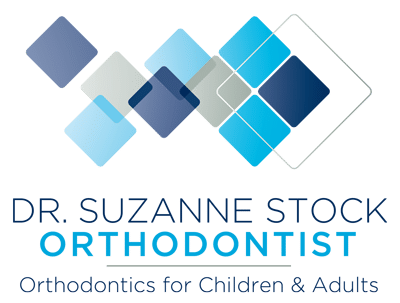Are you wondering if you or your child needs braces? Orthodontic treatment has become so commonplace that it is less a matter of if, than when. It is rare for anyone’s teeth to come in perfectly aligned and there are significant benefits to correcting misalignment.
There are many different orthodontic treatments used to align the teeth, and braces are the most common. Here are some ways you can determine whether or not you need braces.
Signs You May Need Orthodontic Treatment
There are some common signs to look for that suggest you could benefit from orthodontic treatment, such as braces:
- Crooked teeth. The teeth are visibly crooked or crowded together can be difficult to keep clean and are at a higher risk of tooth decay.
- Gaps between teeth. Noticeable gaps between the teeth also increase the risk of tooth decay and may cause feelings of self-consciousness.
- Teeth that don’t meet together properly when you bite down. If all of the teeth on the top row don’t come over the bottom row when you bite down, it can put stress on your jaw and increase the risk of damage to the teeth.
- Speech problems. It can be difficult to pronounce certain sounds when your teeth are misaligned.
- Biting your tongue. If you frequently bite your tongue or the inside of your cheeks and lips, it may indicate that your teeth are out of alignment.
- Worn down teeth. Teeth that are noticeably worn down are often the result of a misaligned bite.
Schedule an Orthodontic Evaluation
If you notice any of the above signs that you may need orthodontic treatment, schedule an evaluation with an orthodontist. An orthodontic evaluation includes X-rays to assess the position of your teeth and the shape of your jaw both above and below the surface. After the evaluation, your orthodontist can create a plan for treatment that will correct misalignment and improve your dental and oral health.
Types of Orthodontic Treatment
Orthodontic treatment can include one or multiple types. Treatment types include:
- Braces. The most common type of orthodontic treatment is braces. Traditional metal braces or clear brackets attach to the teeth with an archwire connecting the brackets that is used to shift the teeth into alignment.
- Invisalign. Another common type of orthodontic treatment is Invisalign, which uses clear plastic aligners that fit over the teeth to gradually shift them into alignment. Invisalign is removable and virtually invisible on the teeth.
- Oral appliances. Other orthodontic treatments include oral appliances such as palate expanders, head gear, retainers, and habit appliances to stop thumb sucking and tongue thrusting.
When Should You Have Your First Orthodontic Evaluation?
According to the American Association of Orthodontists, children should have an orthodontic evaluation by the age of 7. Most family and pediatric dental practices provide ongoing orthodontic monitoring and will recommend that a child see an orthodontist when needed. Some children will need interceptive orthodontics at an early age for treatment such as growth modification to help the jaw grow into a more desirable shape. Early treatment can often reduce the extent of future treatment that is needed during adolescence.
Complimentary Consultations by a Board Certified Orthodontist
Dr. Suzanne Stock is a Board Certified Orthodontist who provides complimentary consultations for new patients of all ages from children to adults. If your child is at least 7 years old, it is time to schedule their first consultation and evaluation. If no treatment is required at this time, we will continue to monitor their growth and development periodically until it is time for treatment to begin.
Contact us today to schedule a complimentary consultation at the office location that is most convenient for you.

